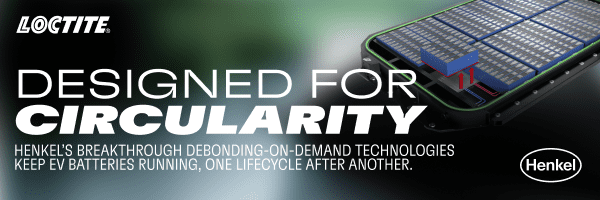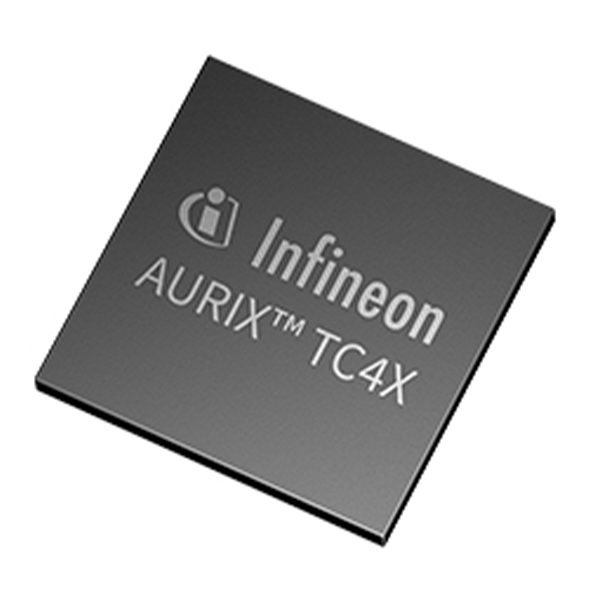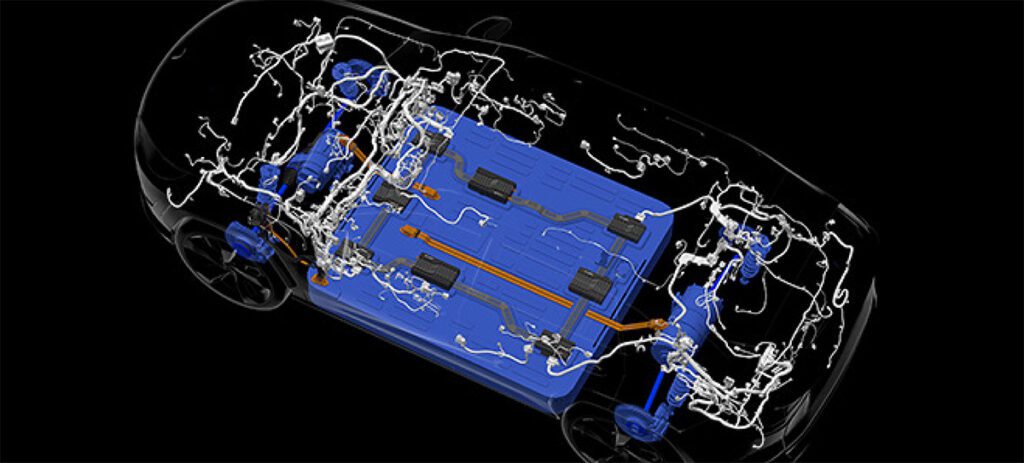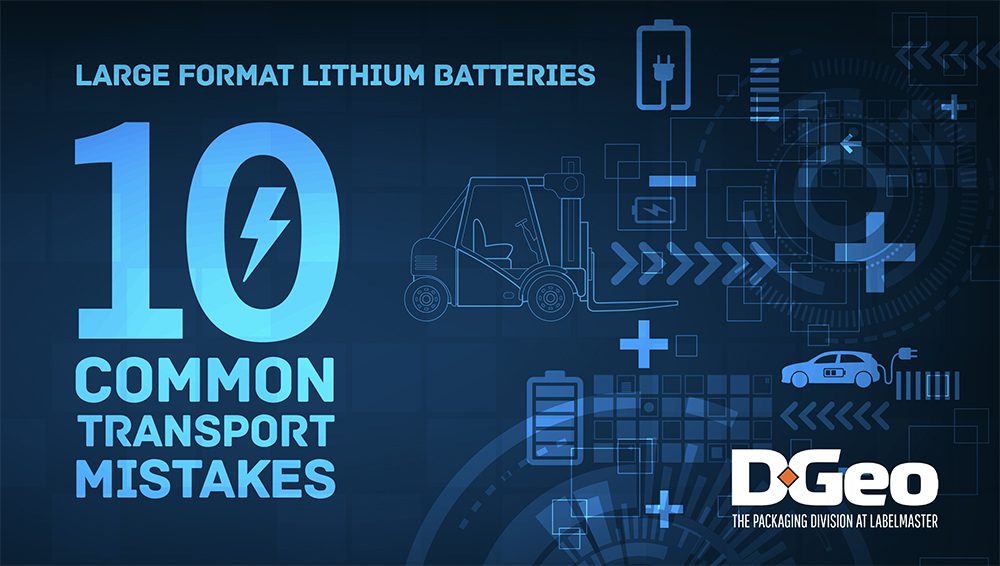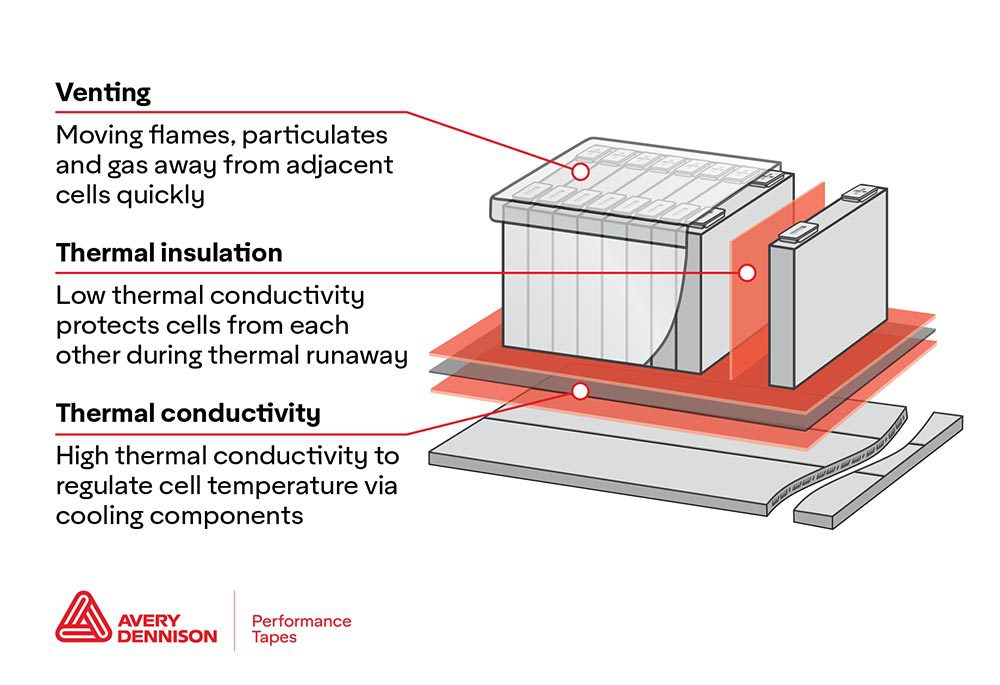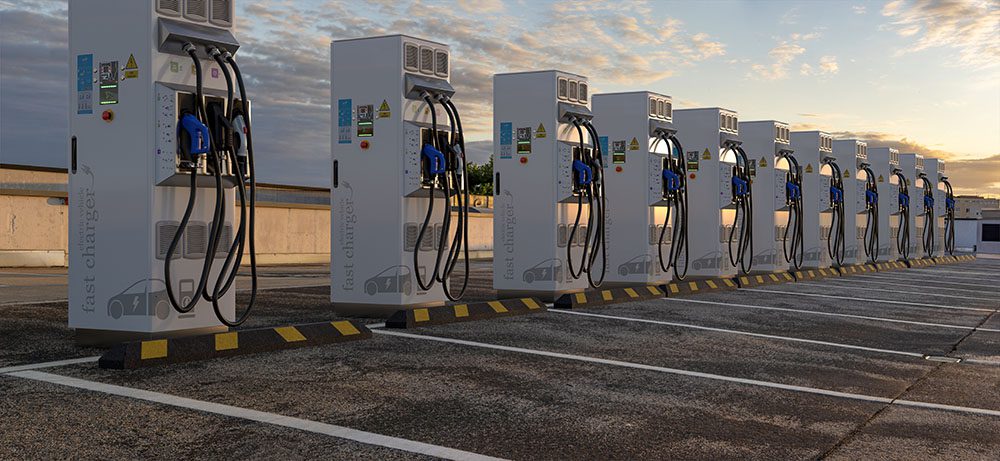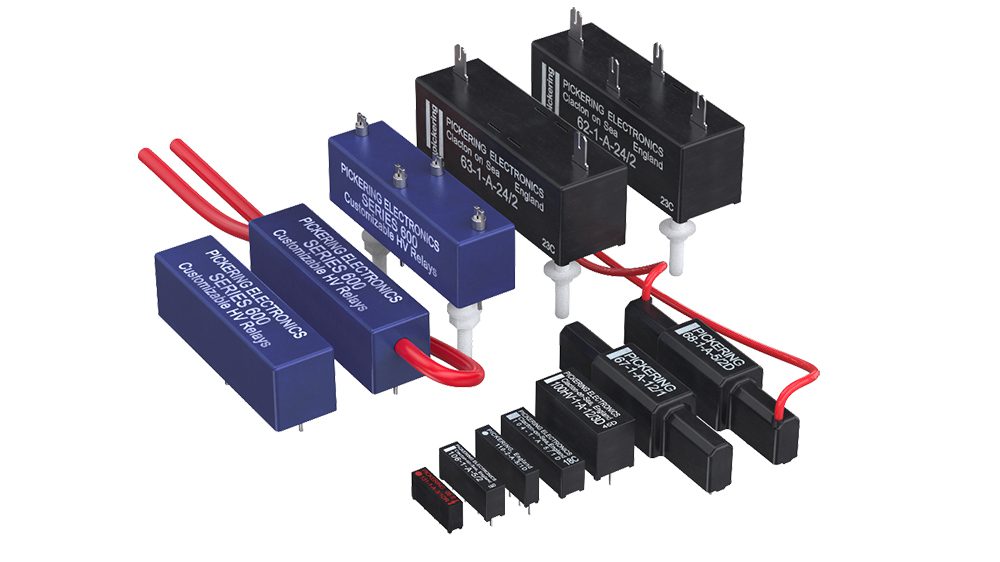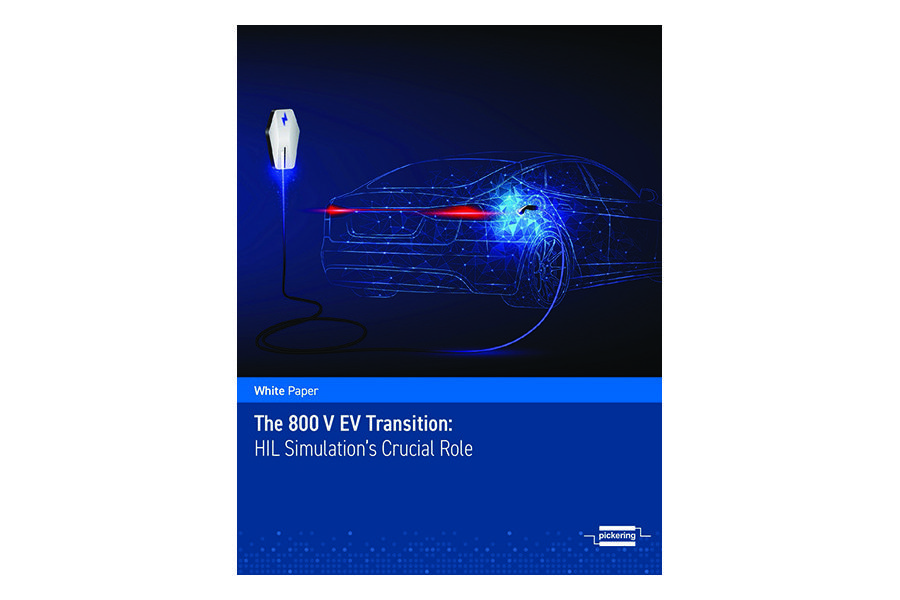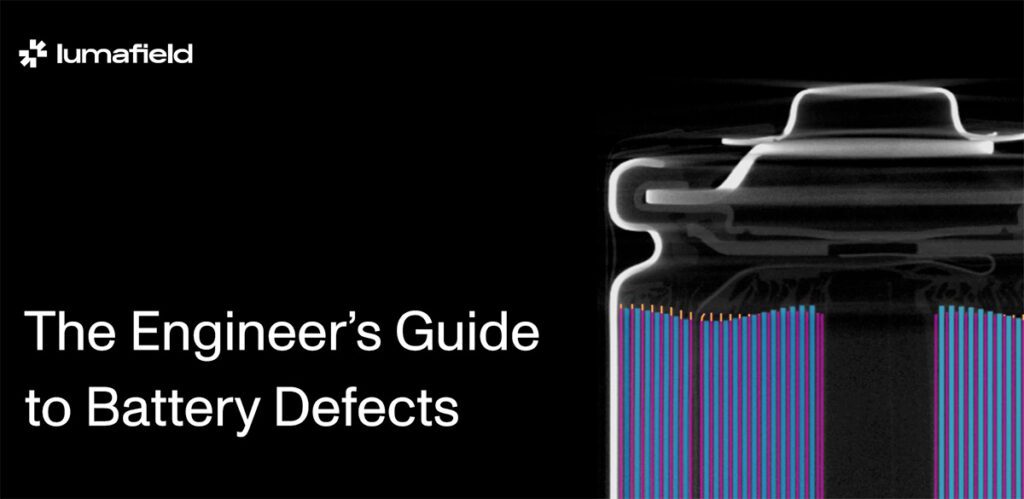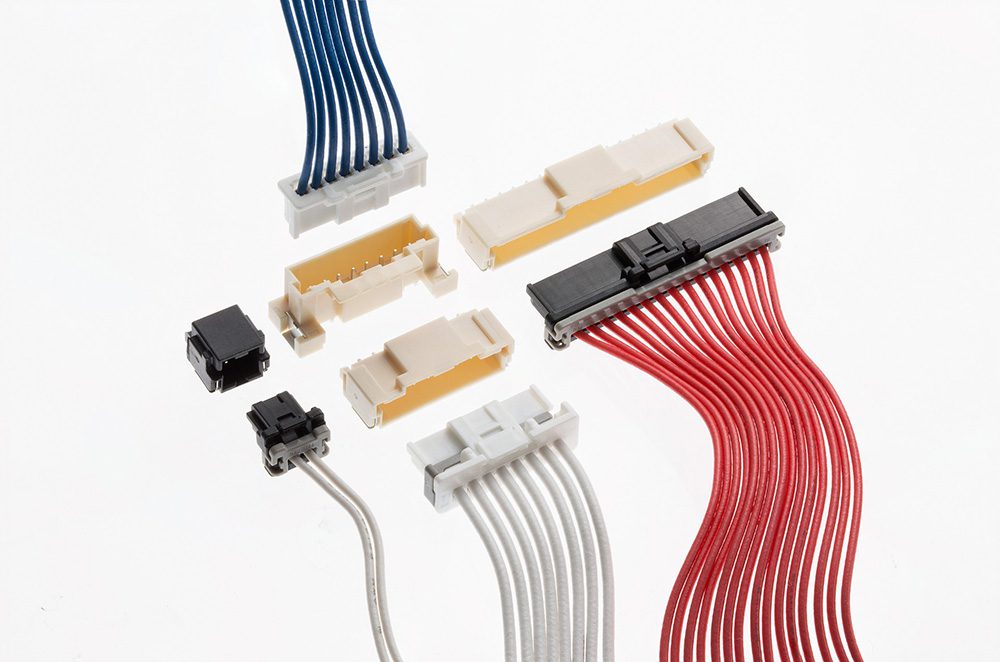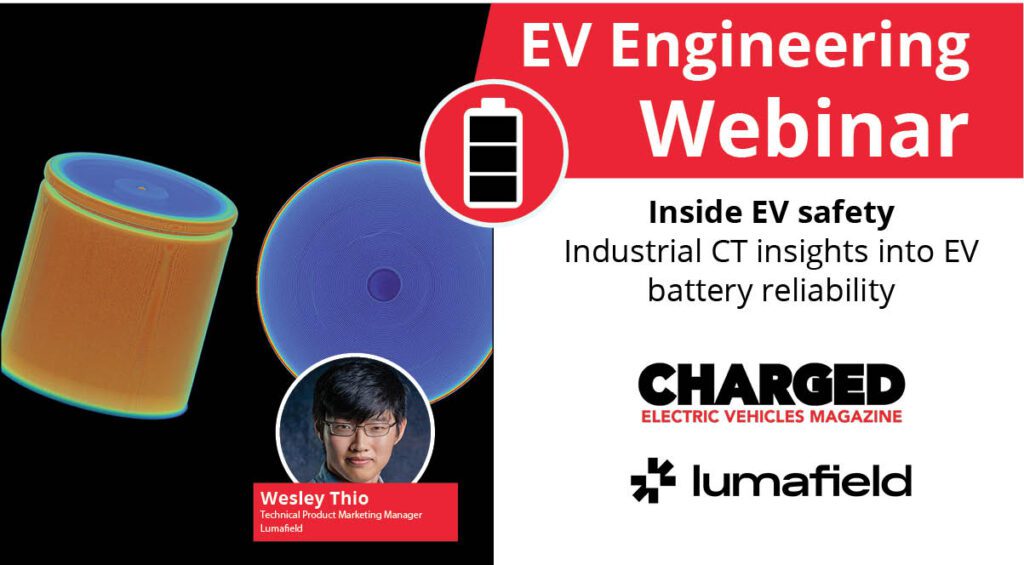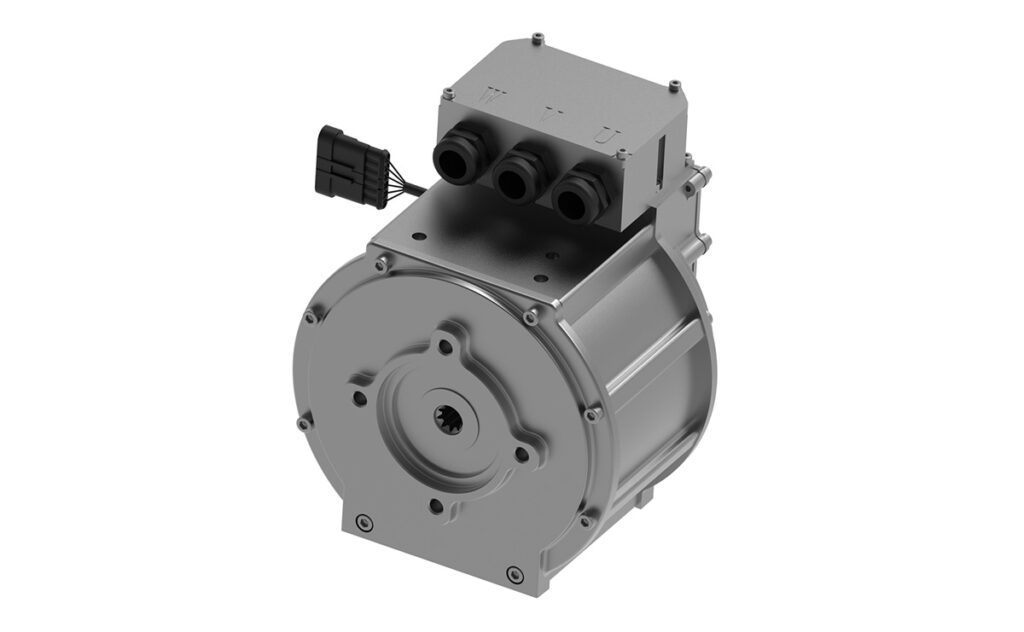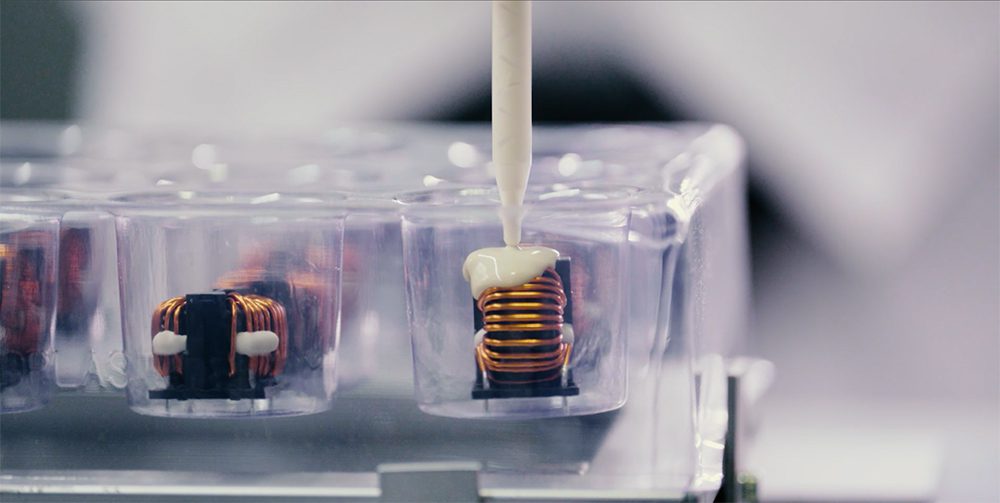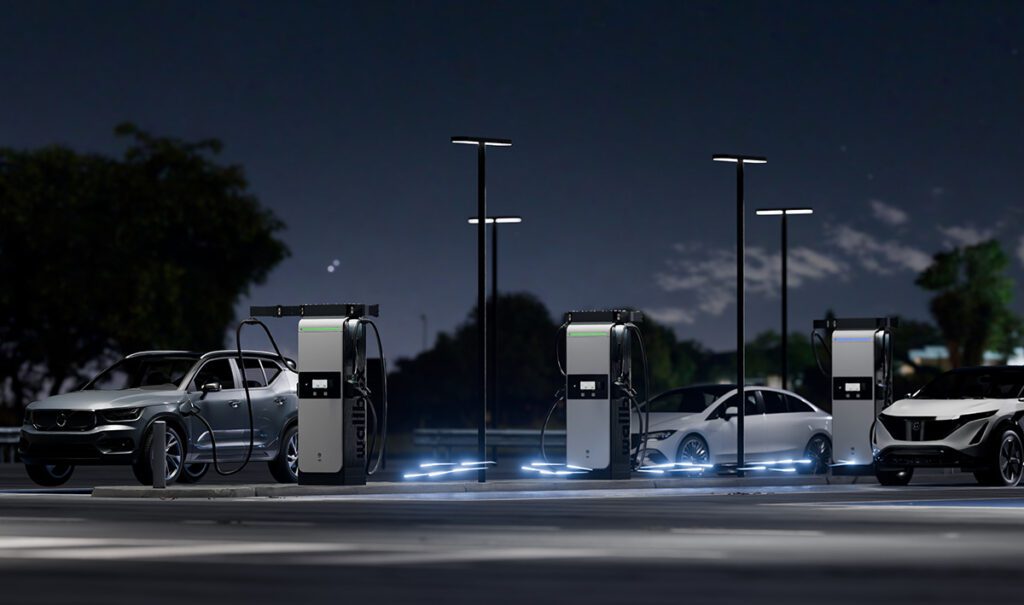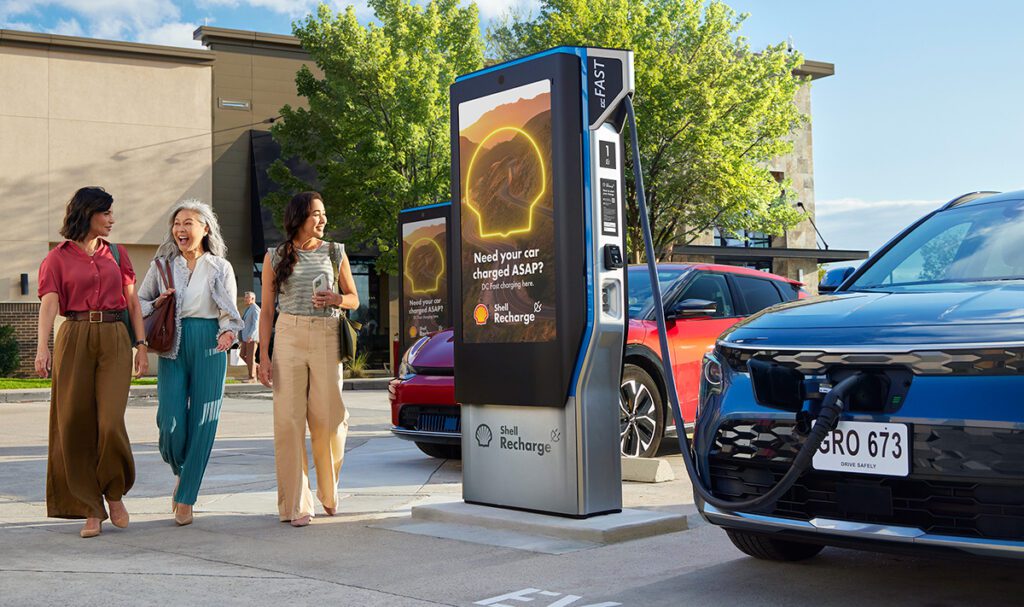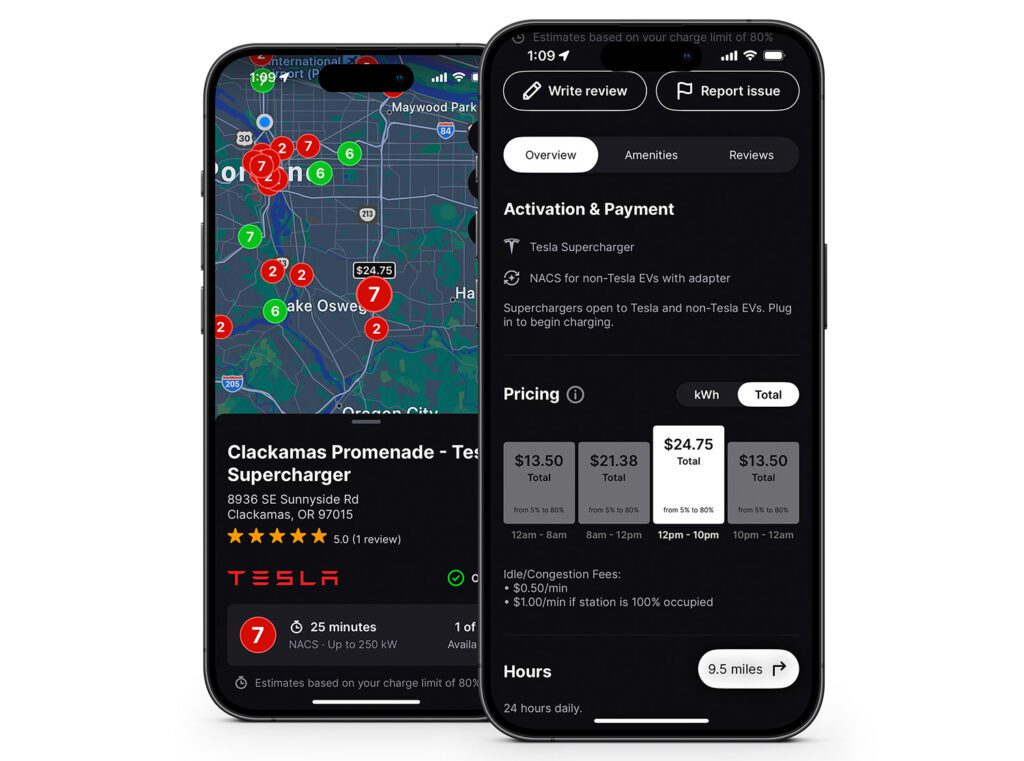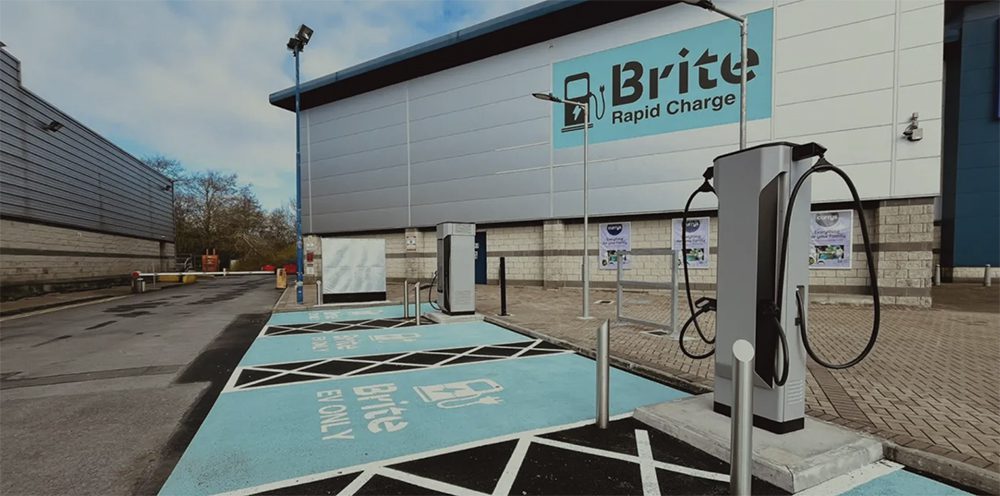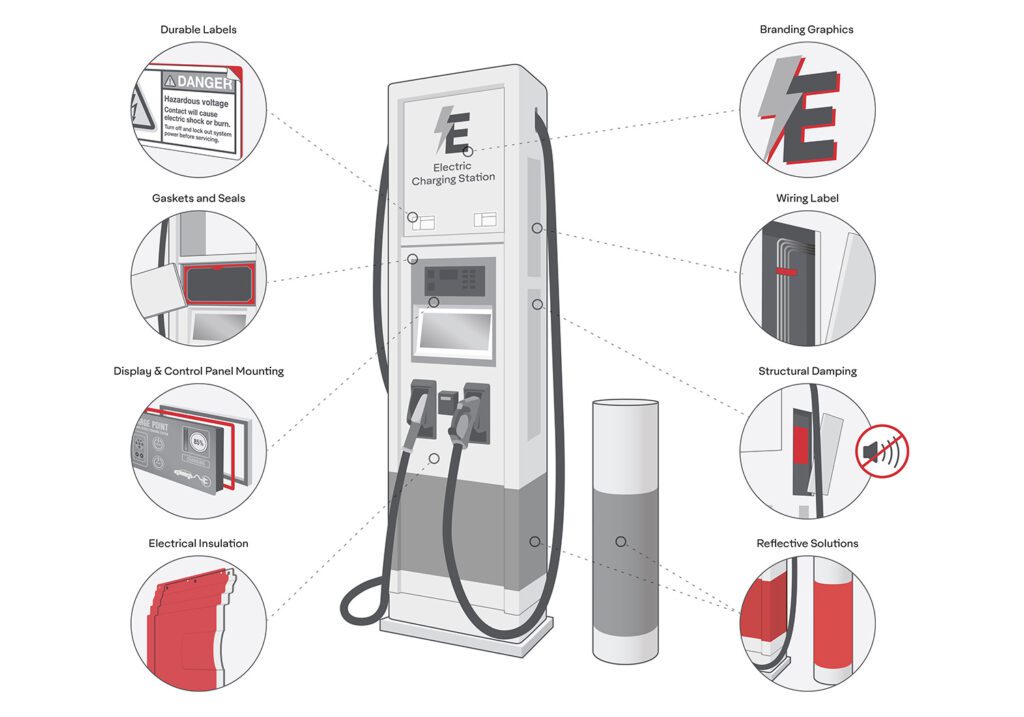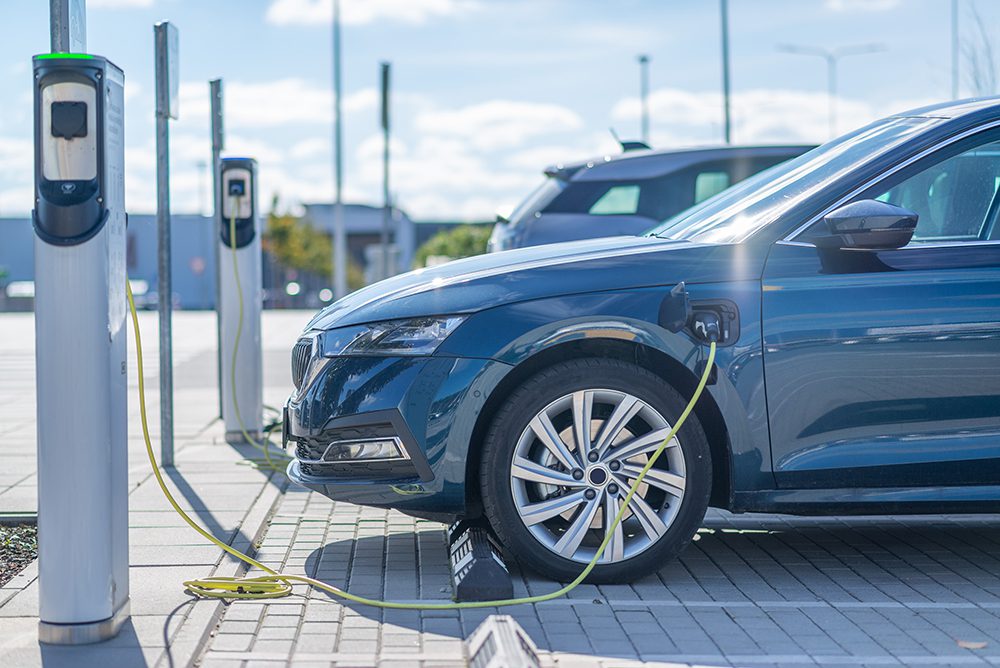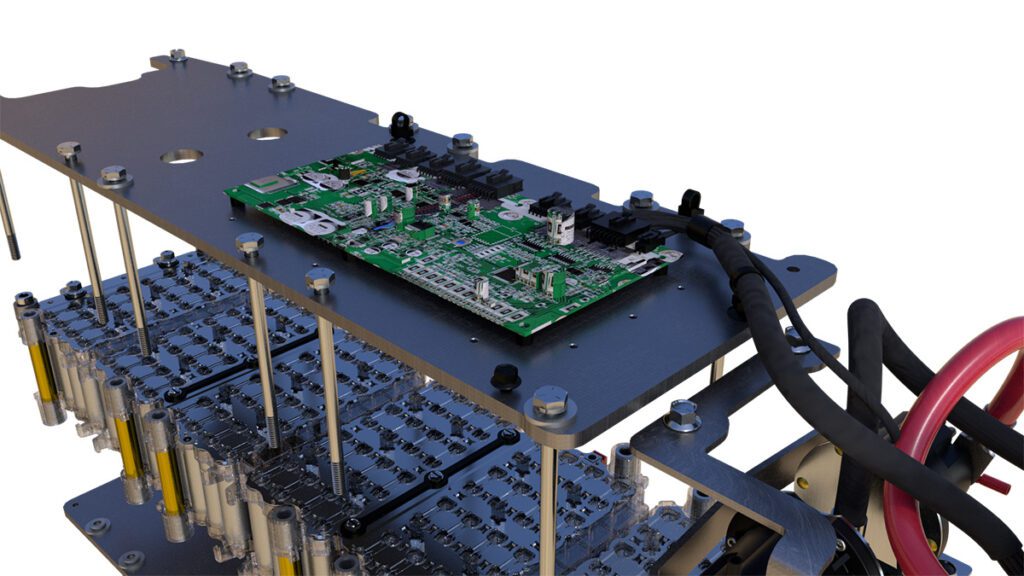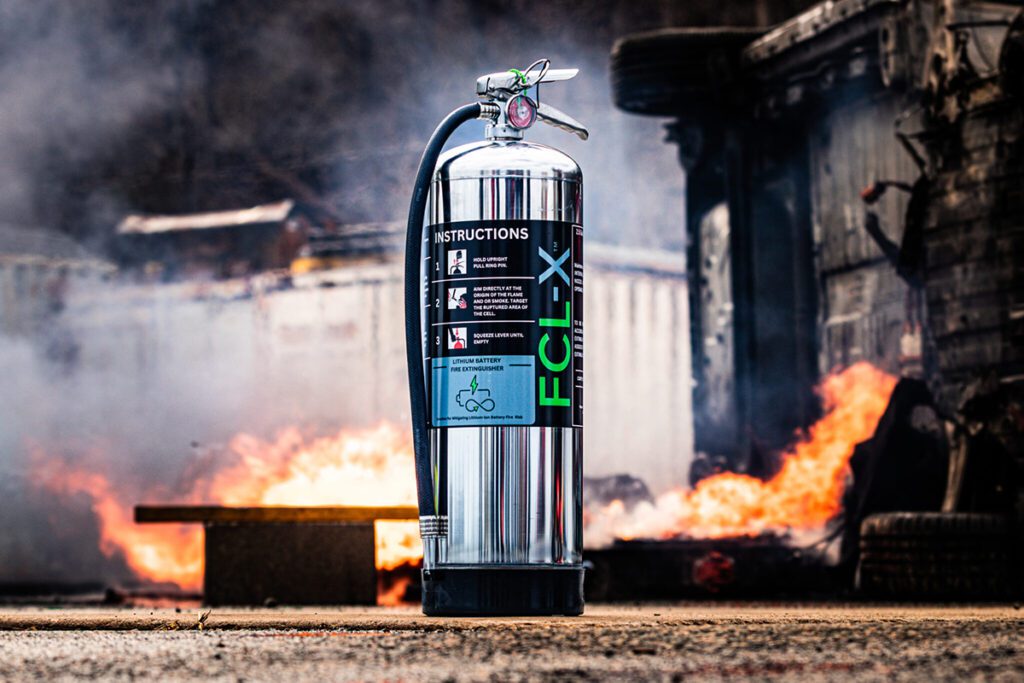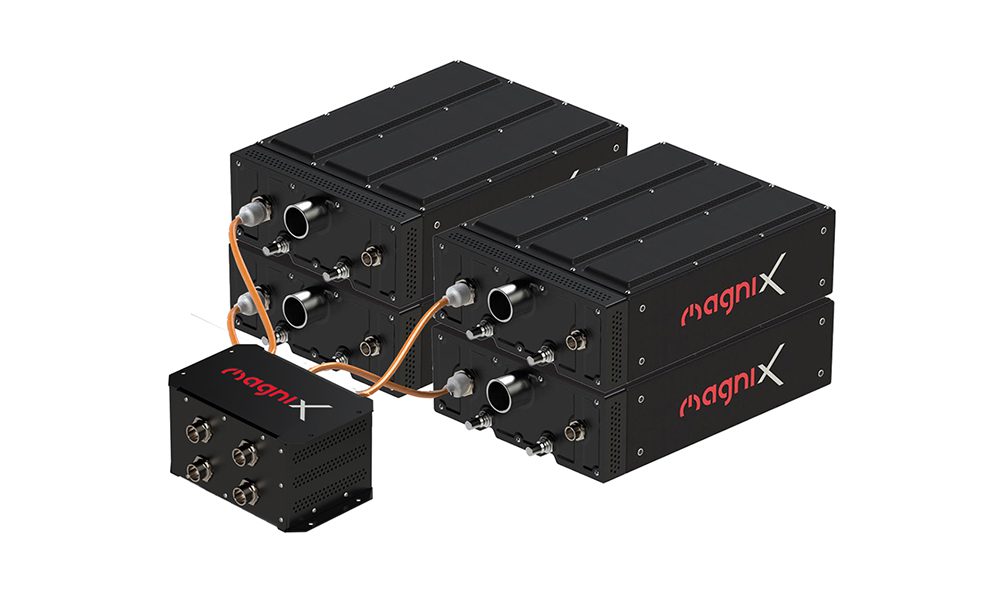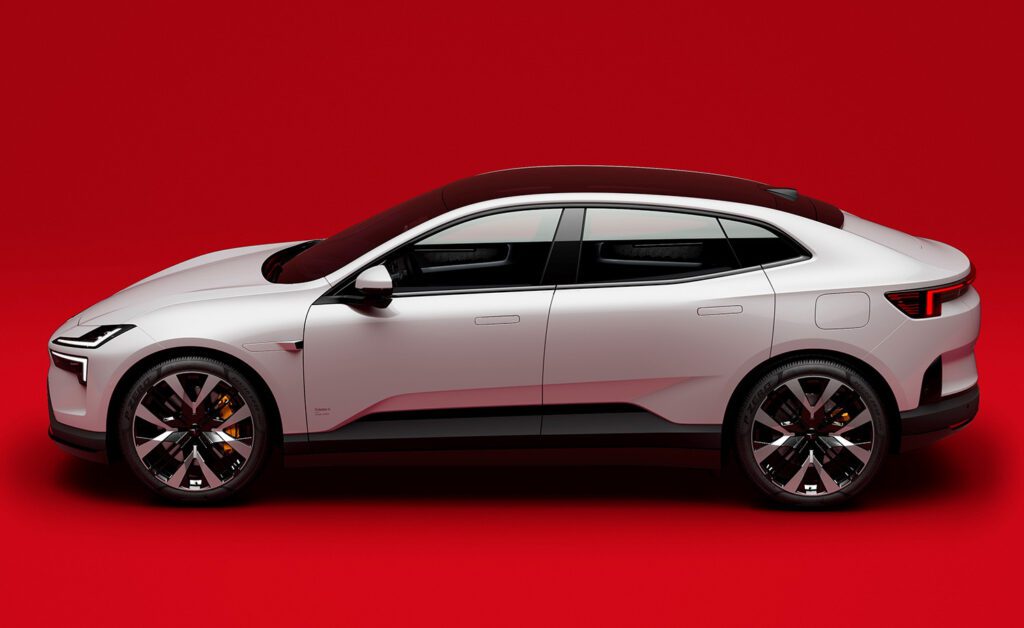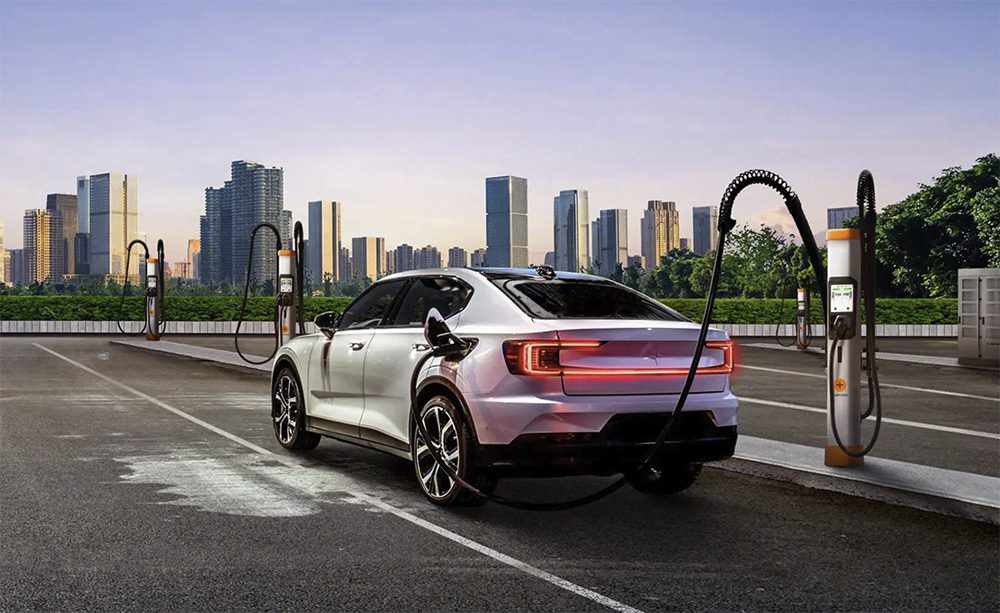Semiconductor supplier Fairchild (NASDAQ: FCS) has introduced new automotive-qualified SuperFET II MOSFET and High Voltage Rectifier product families, which are designed to increase the power ratings of onboard chargers and DC-to-DC converters used in hybrid and electric vehicles.
“A chief goal for plug-in hybrid and electric vehicle manufacturers is keeping onboard battery chargers and DC-to-DC converters as light and small as possible while increasing power levels,” said Fabio Necco, Director, Hybrid and Electric Vehicle Segment at Fairchild. “With the broad portfolio of new SuperFET II MOSFETs and High Voltage Rectifiers, Fairchild is enabling manufacturers to maximize efficiency, power density and reliability of these units, which is key to reducing their size and weight.”
According to Fairchild, the 650 V SuperFET II MOSFET family is well suited for hybrid and plug-in electric vehicles, thanks to low specific resistance, excellent switching performance and low electromagnetic interference.
Complementing the MOSFETs is Fairchild’s family of High Voltage Rectifiers, which are designed for use in on-board chargers, DC-to-DC converters, stationary chargers and other high-voltage powertrain applications.
This product family is divided into three technology platforms – Ultrafast, Hyperfast and Stealth – that were designed considering the trade-offs between switching loss and conduction loss. Ultrafast has the lowest VF (forward voltage), which makes it suitable for low switching frequency applications. The Hyperfast devices have lower turn-off time for faster switching applications. Stealth rectifiers are faster than the Hyperfast and offer soft recovery to reduce noise and ringing, at the cost of a somewhat higher VF (compared to Ultrafast) and higher reverse recovery charge Qrr (compared to Hyperfast).
Fairchild can also customize these devices to suit manufacturers’ specific needs, such as custom dies and breakdown voltages.
SEE ALSO: A closer look at the semiconductor switch
Source: Fairchild
Image: Elektor Labs (CC BY 2.0)






